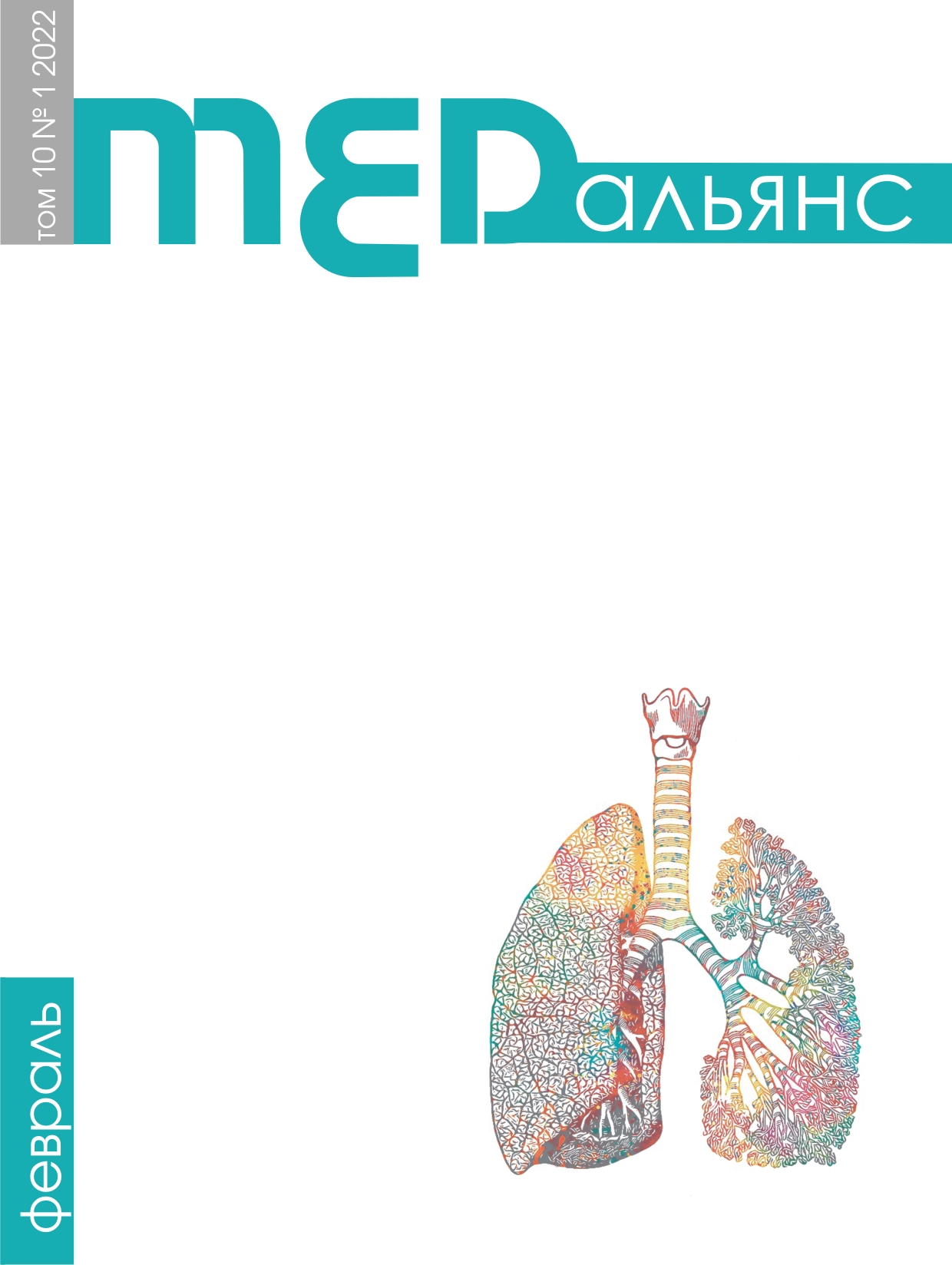Abstract
Compound fractures of distal femur frequently lack medial stability, which can lead to failure of traditional plate fixation via lateral surgical approach.
Aim of the study. To evaluate efficiency (mid-term functional results) of minimally invasive double plate osteosynthesis in cases of compound distal femoral fractures with medial instability in comparison with conventional osteosynthesis technique. Materials and methods. 40 patients were included in three-site study. 20 patients with compound distal femoral fractures (1st group) underwent minimally invasive double plate osteosynthesis with prospective analysis of functional outcomes 6, 9, and 12 months after surgery. Another 20 patients with similar fractures (2nd group) underwent conventional osteosynthesis with single lateral plate with retrospective evaluation of long-term functional outcomes of the treatment at 18 to 48 months after surgery. Clinical analysis of functional results in both groups was performed using KSS and Lysholm scales, anatomical results were evaluated by com- parison of valgus deformity degree of progression with control x-rays. Comparative analysis of the outcomes of surgical treatment in both clinical groups was performed using statistical tests for evaluating normal distribution and non-parametric tests for statistical hypothesis testing.
Results. Statistically significant (p<0.01) increase of KSS and Lysholm scales was registered in patients of the first group throughout the duration of the study. The number of good and excellent outcomes according to KSS scale in patients of the first group was 90%, and 85% in patients of the second group. The number of good and excellent outcomes according to Lysholm scale was 70% in both groups. The degree of valgus deformity progression was significantly lower in 1st group of patients, including patients with 33-C3 type of fractures. Data cap- tured indicate effectiveness of suggested osteosynthesis method.

